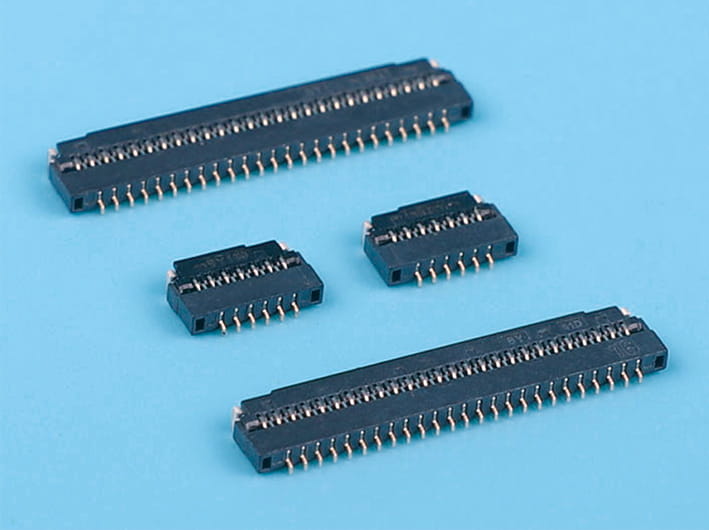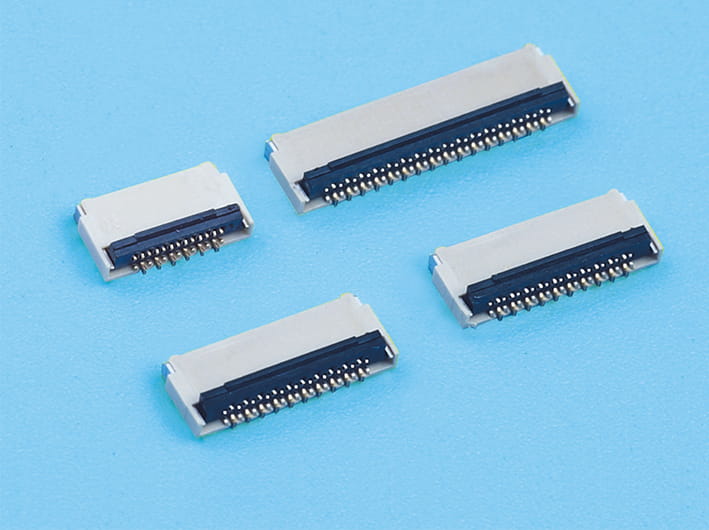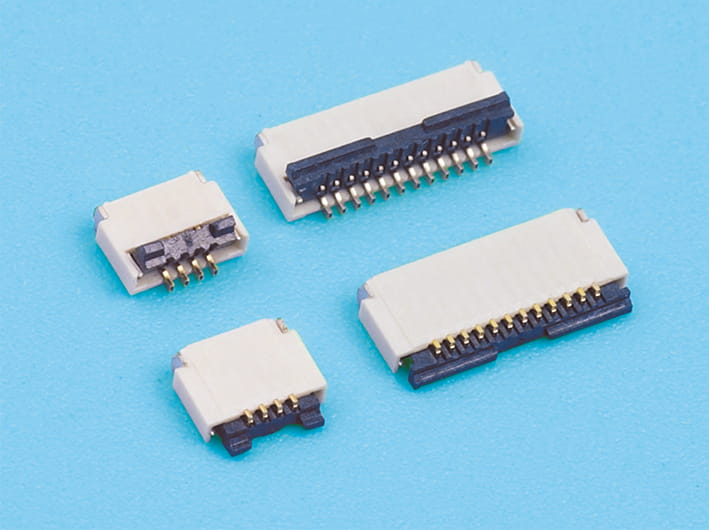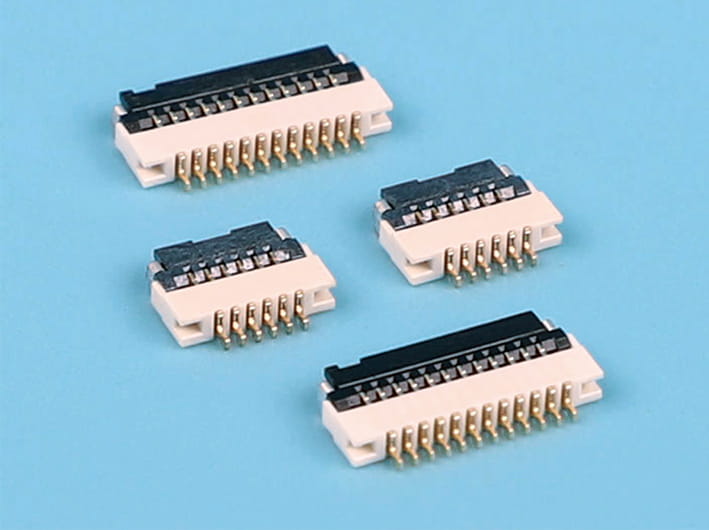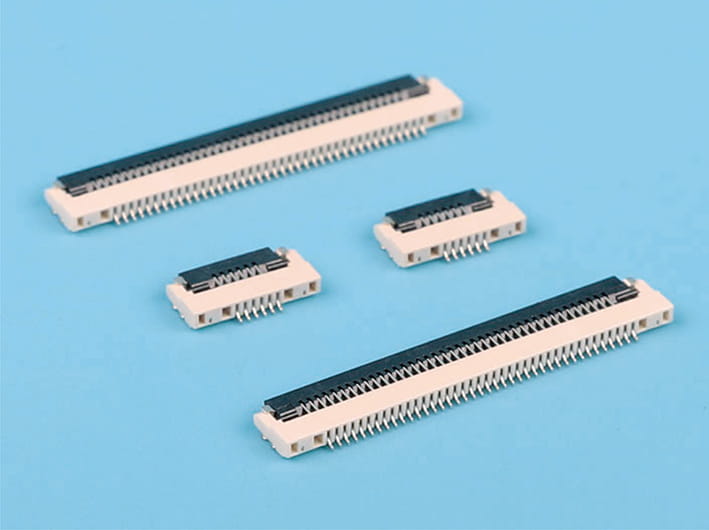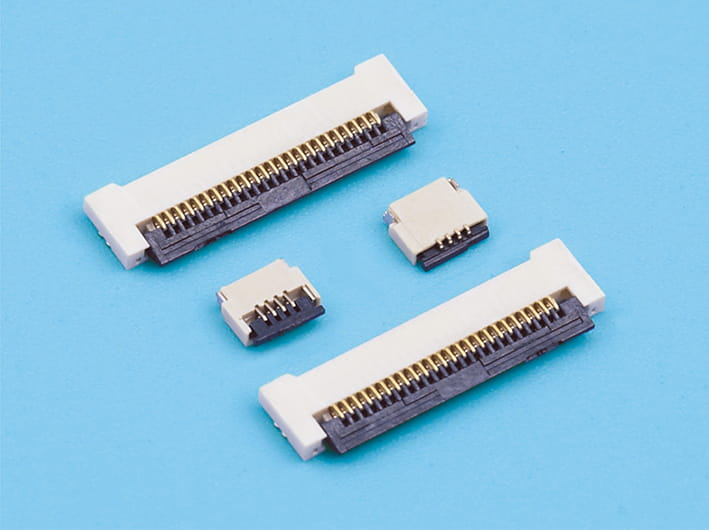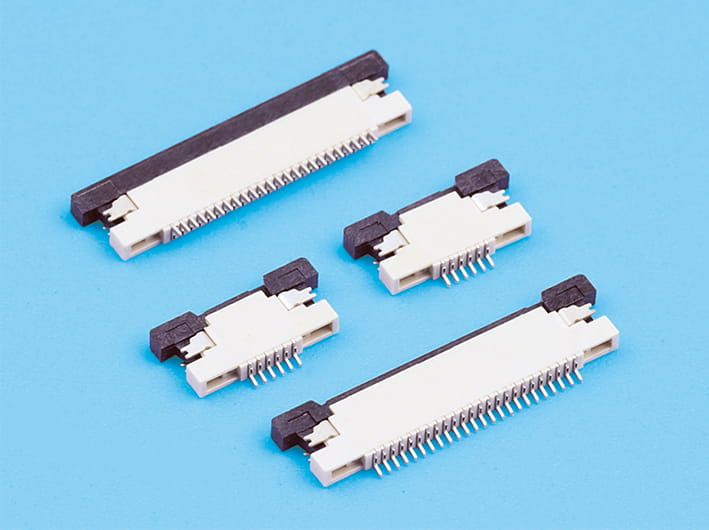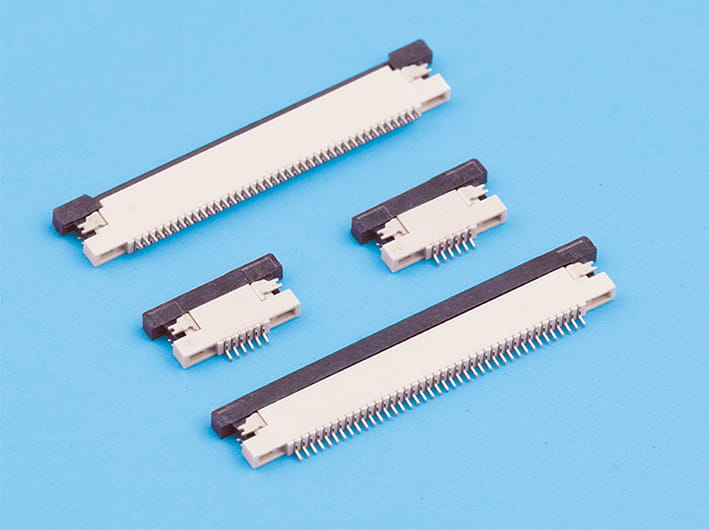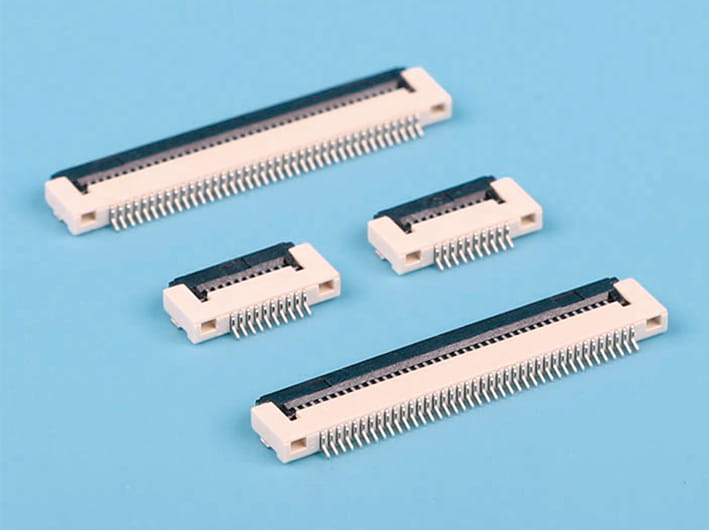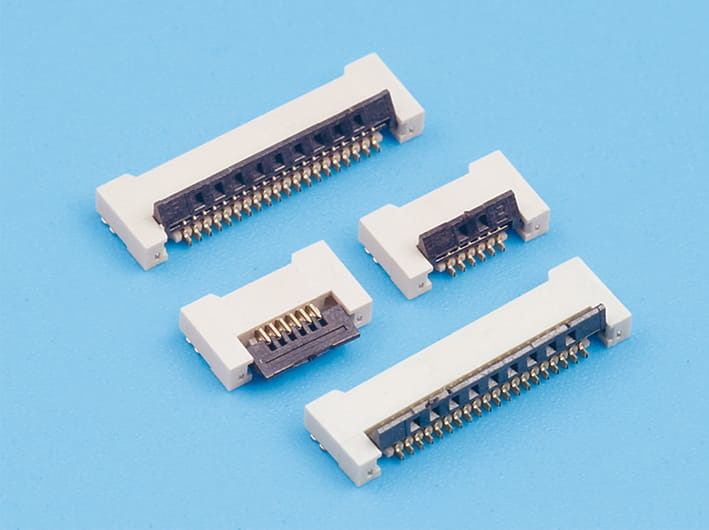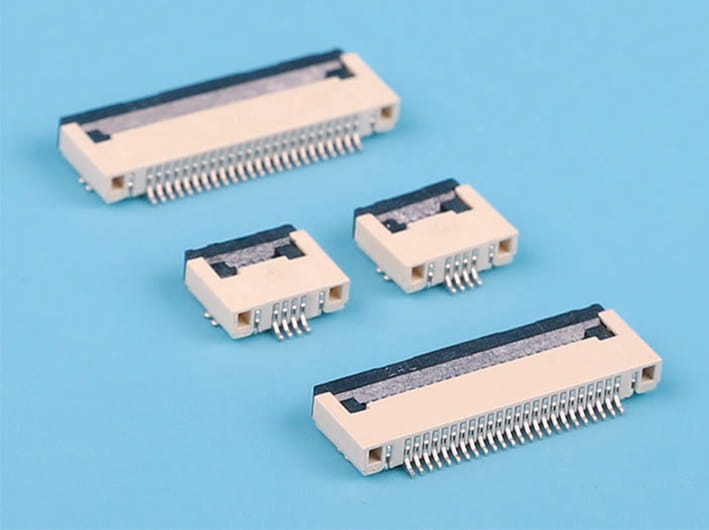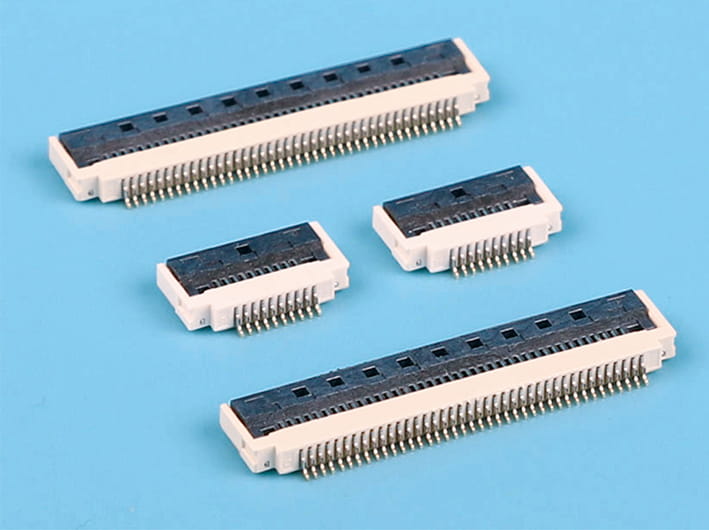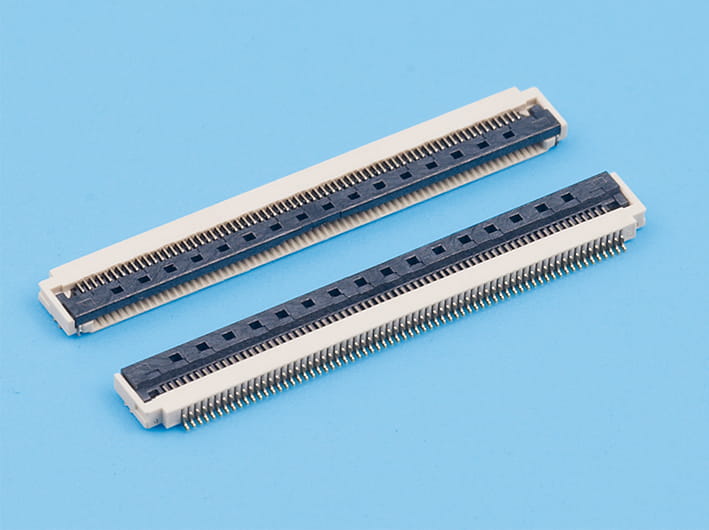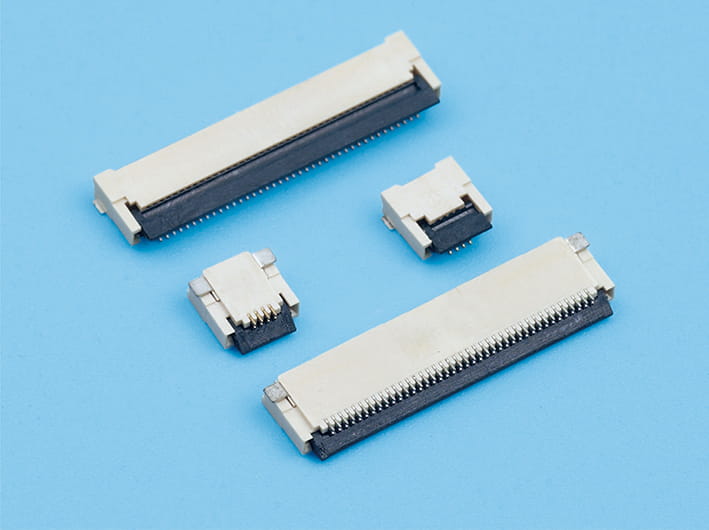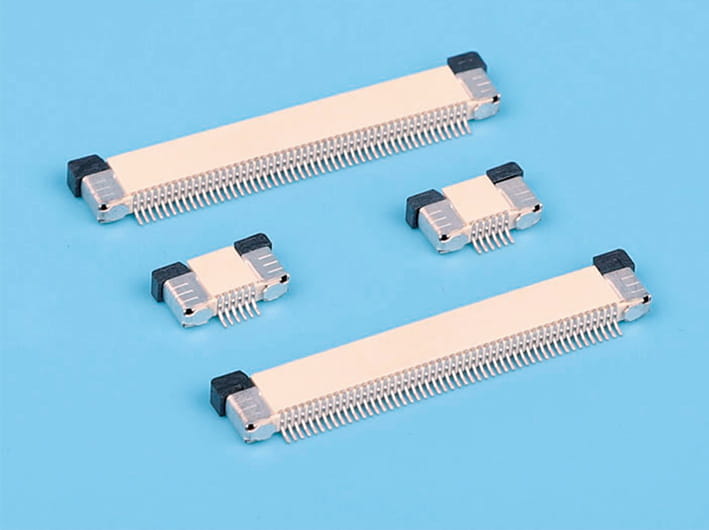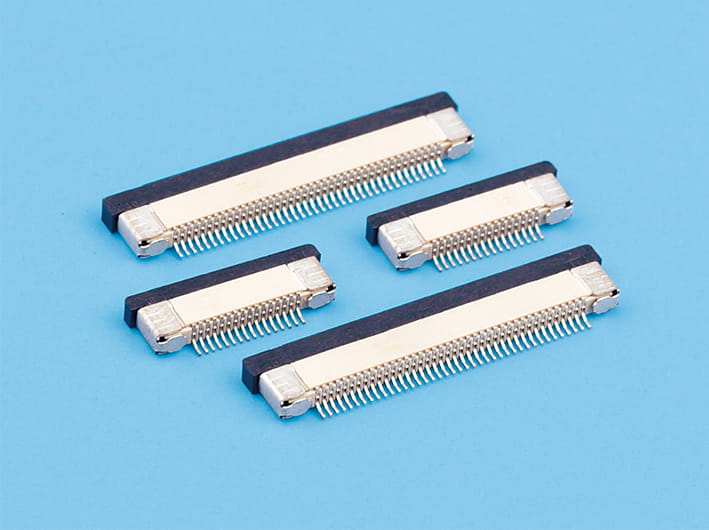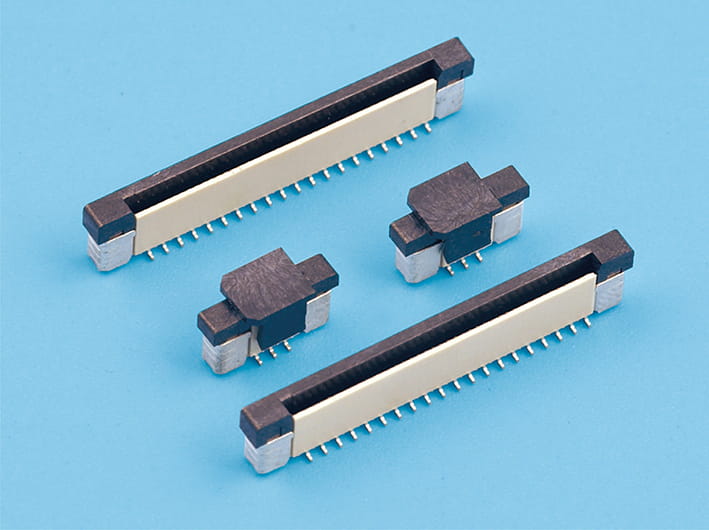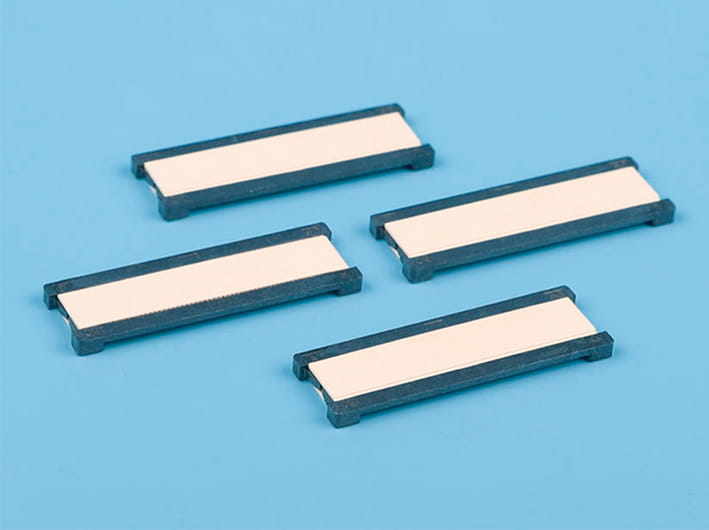Low Profile Board to Board Connectors for High-Density Circuit Integration
Low profile board to board connectors have become the cornerstone of this evolution, offering a compact solution that meets the demands of modern electronic devices. As the industry moves towards more compact and powerful devices, the importance of these connectors cannot be overstated.
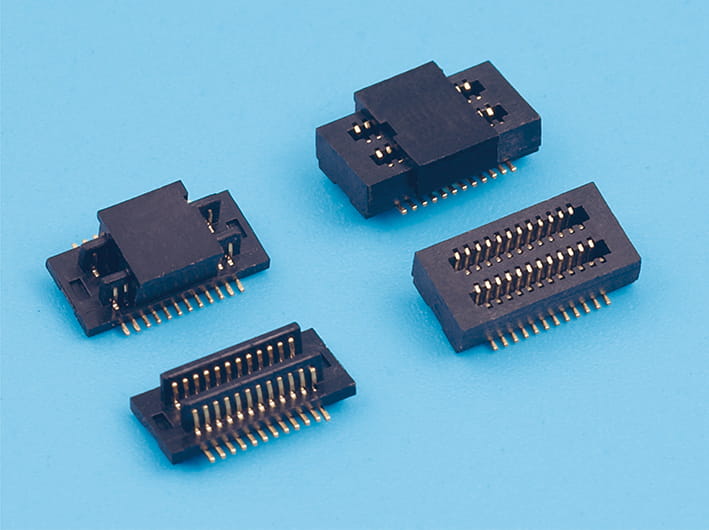
The Rise of Miniaturization
The trend towards miniaturization in electronics is driven by consumer demand for sleeker, more portable devices. This has put pressure on manufacturers to find ways to reduce the size of components without sacrificing performance. Low profile board to board connectors are a response to this challenge, providing a solution that allows for tighter packaging and more efficient use of space within devices. By utilizing these connectors, manufacturers can create high-density circuits that are not only smaller but also more powerful.
The Benefits of Low Profile Design
Low profile board to board connectors offer several advantages over traditional connectors. Their compact design allows for a reduction in the overall height of the device, which is crucial for applications where space is at a premium. This low profile design also contributes to improved reliability, as the reduced height can cause fewer mechanical stress points, which in turn can reduce the likelihood of connector failure. Additionally, the low profile board to board connectors are designed to accommodate high-speed data transmission, ensuring that the performance of the device is not compromised by the smaller form factor.
Floating Board to Board Connectors: A New Dimension in Flexibility
In addition to the low profile board to board connectors, floating board to board connectors have emerged as a game-changer in the industry. These connectors offer a level of flexibility that traditional connectors cannot match. The floating design allows for a certain degree of movement between the connected boards, which can absorb shock and vibration without causing damage to the connection. This is particularly beneficial in applications where the device is subject to physical stress, such as in automotive or industrial settings.
Enhancing Reliability and Durability
The reliability of any electronic device is heavily dependent on the quality of its connections. Low profile board to board connectors are designed with this in mind, incorporating features that enhance their durability and resistance to wear. The use of robust materials and precision engineering ensures that these connectors can withstand the rigors of daily use, providing a reliable connection that endures over time. This is especially important in high-density circuit integration, where the connectors are subjected to constant use and must maintain their performance without fail.
Optimizing Space Utilization
One of the key benefits of low profile board to board connectors is their ability to optimize space utilization within a device. By reducing the height of the connectors, manufacturers can fit more components into a smaller area, cause more compact and efficient designs. This is particularly important in high-density circuit integration, where every millimeter of space counts. The use of low profile board to board connectors can also cause cost savings, as fewer components are needed to achieve the same level of performance.
The Role of Floating Board to Board Connectors in High-Density Applications
Floating board to board connectors play a crucial role in high-density applications by providing a flexible connection that can adapt to the challenges of space-constrained environments. Their ability to absorb movement and vibration without compromising the connection makes them ideal for use in devices that are subject to physical stress. This flexibility also allows for easier assembly and maintenance, as the connectors can accommodate slight misalignments between the boards without affecting the integrity of the connection.
The Future of Connector Technology
The development of low profile board to board connectors and floating board to board connectors represents a significant step forward in the field of electronics. These connectors offer a combination of compact design, flexibility, and reliability that is greatly suited to the demands of high-density circuit integration. As the industry continues to push the boundaries of what is possible in terms of miniaturization and performance, the role of these connectors will only become more critical. By embracing the benefits of low profile and floating board



 English
English 中文简体
中文简体 Español
Español عربى
عربى